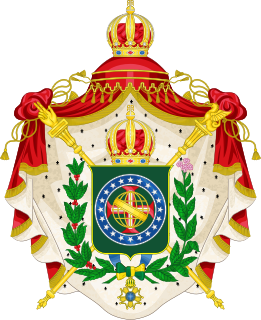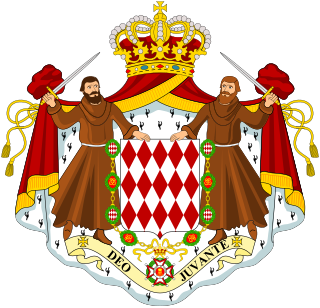 W
WThe uses of heraldry in Bosnia and Herzegovina is used by government bodies, subdivisions of the national government, organizations, corporations and by families.
 W
WBrazilian heraldry as a distinct form of heraldry dates to 1822, when Brazil became independent as an Empire, under the reign of the House of Braganza. Being formerly a part of the Portuguese Empire and being ruled by the same Royal House that reigned in Portugal, Brazilian heraldry followed the tradition of Portuguese heraldry.
 W
WCroatian heraldry is the study of heraldry – of coats of arms and other achievements – in the country of Croatia and the area it occupies.
 W
WMexican heraldry, has no precise rules, because its evolution has been according to the ideas and prevailing customs of every time of its history.
 W
WThe heraldry of Monaco, a state of just two-square kilometers, is dominated by the royal heraldry of the ruling family, the House of Grimaldi. Its dynastic head, Albert II, utilises the same arms borne by his ancestors. The ruler does not regularly award titles; indeed, it has not happened at all in the last two reigns.
 W
WThe study of Dutch heraldry focuses on the use of coats of arms and other insignia in the country of the Netherlands. Dutch heraldry is characterised by its simple and rather sober style, and in this sense, is closer to its medieval origins than the elaborate styles which developed in other heraldic traditions.
 W
WHeraldry in Scotland, while broadly similar to that practised in England and elsewhere in western Europe, has its own distinctive features. Its heraldic executive is separate from that of the rest of the United Kingdom.
 W
WTurkey has no official national emblem, but the crescent and star design from the national flag is in use as the de facto national emblem on Turkish passports, Turkish identity cards and at the diplomatic missions of Turkey.
 W
WHeraldry is a discipline relating to the design, display and study of armorial bearings, as well as related disciplines, such as vexillology, together with the study of ceremony, rank and pedigree. Armory, the best-known branch of heraldry, concerns the design and transmission of the heraldic achievement. The achievement, or armorial bearings usually includes a coat of arms on a shield, helmet and crest, together with any accompanying devices, such as supporters, badges, heraldic banners and mottoes.
 W
WHeraldry in the United States was first established by European settlers who brought with them the heraldic customs of their respective countries of origin. As the use of coats of arms may be seen as a custom of royalty and nobility, it had been debated whether the use of arms is reconcilable with American republican traditions. Families from English, Scottish, Irish, Welsh, German, and other European nations with a heraldic tradition have retained their familial coat of arms in the United States. Several founding fathers also employed personal arms and a great number of Americans continue to do so.